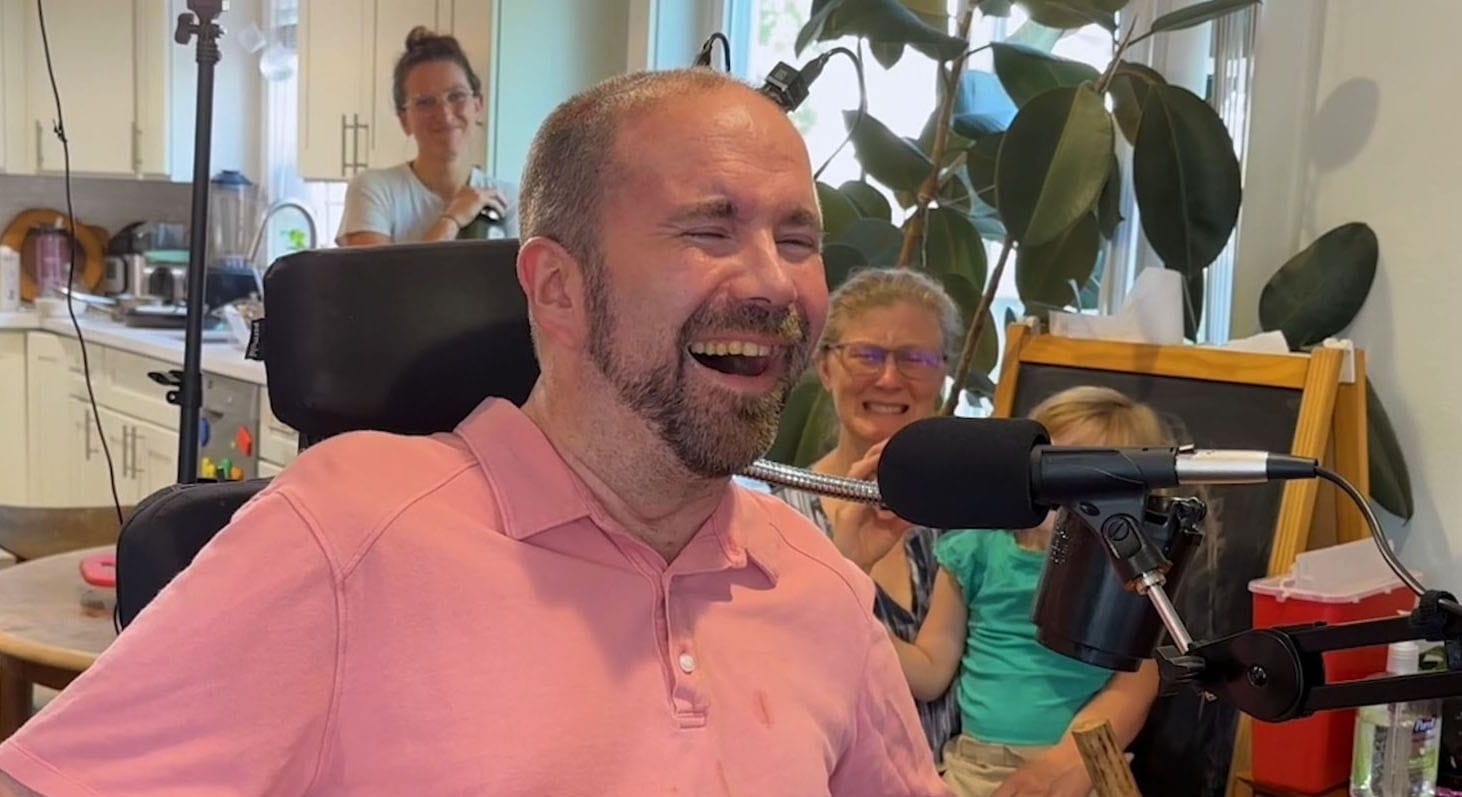In a groundbreaking development at UC Davis Health, researchers have introduced a brain-computer interface (BCI) that can translate brain signals into speech with remarkable precision, achieving up to 97% accuracy. This cutting-edge technology offers a ray of hope for individuals with severe speech impairments caused by neurological conditions such as amyotrophic lateral sclerosis (ALS).
ALS, also known as Lou Gehrig’s disease, is a devastating neurological disorder that progressively robs individuals of their ability to move, speak, and eventually breathe. As the disease advances, it destroys the nerve cells that control voluntary muscle movements, leading to complete paralysis and a loss of speech. For those affected, the inability to communicate can be one of the most isolating and demoralizing aspects of the disease.
But now, thanks to this innovative BCI, communication barriers are being dismantled. This system works by interpreting the brain’s speech-related signals and converting them into text, which is then vocalized by a computer. The breakthrough was highlighted in a study published today in the New England Journal of Medicine.
Restoring Communication for ALS Patients
The new technology has been developed with the primary goal of restoring the ability to communicate for people who have lost their speech due to paralysis or neurological conditions. The BCI functions by detecting brain activity when the user attempts to speak. It then translates these signals into text that can be read aloud by a computer. This remarkable feat of engineering was spearheaded by a team at UC Davis, led by neurosurgeon David Brandman and neuroscientist Sergey Stavisky.
“Our BCI technology helped a man with paralysis to communicate with friends, families, and caregivers,” said Brandman, who is an assistant professor in the UC Davis Department of Neurological Surgery and co-director of the UC Davis Neuroprosthetics Lab. “Our paper demonstrates the most accurate speech neuroprosthesis ever reported.”
The system’s accuracy and speed set it apart from previous efforts in the field, which often required extensive training periods and delivered inconsistent results. This new BCI offers nearly real-time communication, an achievement that has profound implications for the quality of life of patients like Casey Harrell, a 45-year-old man with ALS who participated in the study.
Casey Harrell’s Journey with the BCI
Casey Harrell, who suffers from ALS, was enrolled in the BrainGate clinical trial to test the new BCI. At the time of his enrollment, Harrell had significant weakness in his limbs and his speech was barely understandable. Communicating required others to interpret his words, which was a slow and often frustrating process.
In July 2023, Brandman implanted the BCI device into Harrell’s brain. The device consists of four microelectrode arrays placed in the left precentral gyrus, a region of the brain involved in coordinating speech. These arrays record brain activity from 256 cortical electrodes, capturing the neural commands intended for speech.
“We’re really detecting their attempt to move their muscles and talk,” explained Stavisky, who is also an assistant professor in the Department of Neurological Surgery and co-director of the UC Davis Neuroprosthetics Lab. “We are recording from the part of the brain that’s trying to send these commands to the muscles. And we’re basically listening into that, and we’re translating those patterns of brain activity into a phoneme — like a syllable or the unit of speech — and then the words they’re trying to say.”
(Credit: UC Regents)
A Leap Forward in BCI Technology
The BCI system used by Harrell showed unprecedented results right from the start. During the initial speech data training session, it took just 30 minutes to achieve 99.6% word accuracy with a 50-word vocabulary. This was a significant leap forward compared to previous systems, which often struggled with accuracy and required extensive training periods.
The system was tested in both prompted and spontaneous conversational settings, decoding speech in real time. In the second session, the vocabulary size was increased dramatically to 125,000 words, and the BCI still maintained a 90.2% accuracy rate with only 1.4 additional hours of training. With ongoing use, the system has consistently delivered a remarkable 97.5% accuracy.
This level of accuracy is better than many commercial smartphone applications designed to interpret spoken language. For Harrell, this means that he can now communicate more effectively than ever before, using a system that not only understands his intended words but also speaks them in a voice that sounds like his own, before ALS robbed him of speech.
“The first time we tried the system, he cried with joy as the words he was trying to say correctly appeared on-screen. We all did,” Stavisky recounted. The emotional impact of being able to communicate again cannot be understated, especially for someone who has experienced the frustration and isolation that come with losing the ability to speak.
A New Era of Communication for ALS Patients
Over the course of the study, Harrell used the BCI in 84 data collection sessions spanning 32 weeks. He spent over 248 hours communicating with the help of this technology, both in person and over video chats. The ability to engage in conversations again has been life-changing for Harrell, who expressed his gratitude for the technology that has given him back his voice.
“Not being able to communicate is so frustrating and demoralizing. It is like you are trapped,” Harrell said. “Something like this technology will help people back into life and society.”
For the researchers involved, seeing the impact of their work on Harrell’s life has been deeply rewarding. “It has been immensely rewarding to see Casey regain his ability to speak with his family and friends through this technology,” said the study’s lead author, Nicholas Card, a postdoctoral scholar in the UC Davis Department of Neurological Surgery.
Leigh Hochberg, a neurologist and neuroscientist involved in the BrainGate trial, praised Harrell and other participants for their contributions to this groundbreaking research. “Casey and our other BrainGate participants are truly extraordinary. They deserve tremendous credit for joining these early clinical trials,” Hochberg said. “They do this not because they’re hoping to gain any personal benefit, but to help us develop a system that will restore communication and mobility for other people with paralysis.”
The Future of BCI Technology
This study represents a significant milestone in the development of BCIs for speech restoration. The technology, still in its investigational phase, shows great promise not only for ALS patients but also for individuals with other conditions that result in speech impairment, such as spinal cord injuries or strokes.
As the technology continues to evolve, the hope is that it will become widely available to help those who have lost their ability to communicate due to neurological conditions. The UC Davis team is committed to further refining the system, making it faster, more accurate, and easier to use.
“Honestly, the reason this is so transformative is that it provides hope for people living with these kinds of diseases,” Brandman said. “I hope that technology like this speech BCI will help future patients speak with their family and friends.”
For patients like Casey Harrell, who are currently benefiting from this technology, the ability to communicate again is not just a medical achievement; it’s a return to life, a reconnection with the world, and a restoration of dignity.
“I hope that we are at a time when everyone who is like me will have the same opportunity as I do to have a device like this that will help them communicate,” Harrell said. “Let’s all make that happen, okay?”




